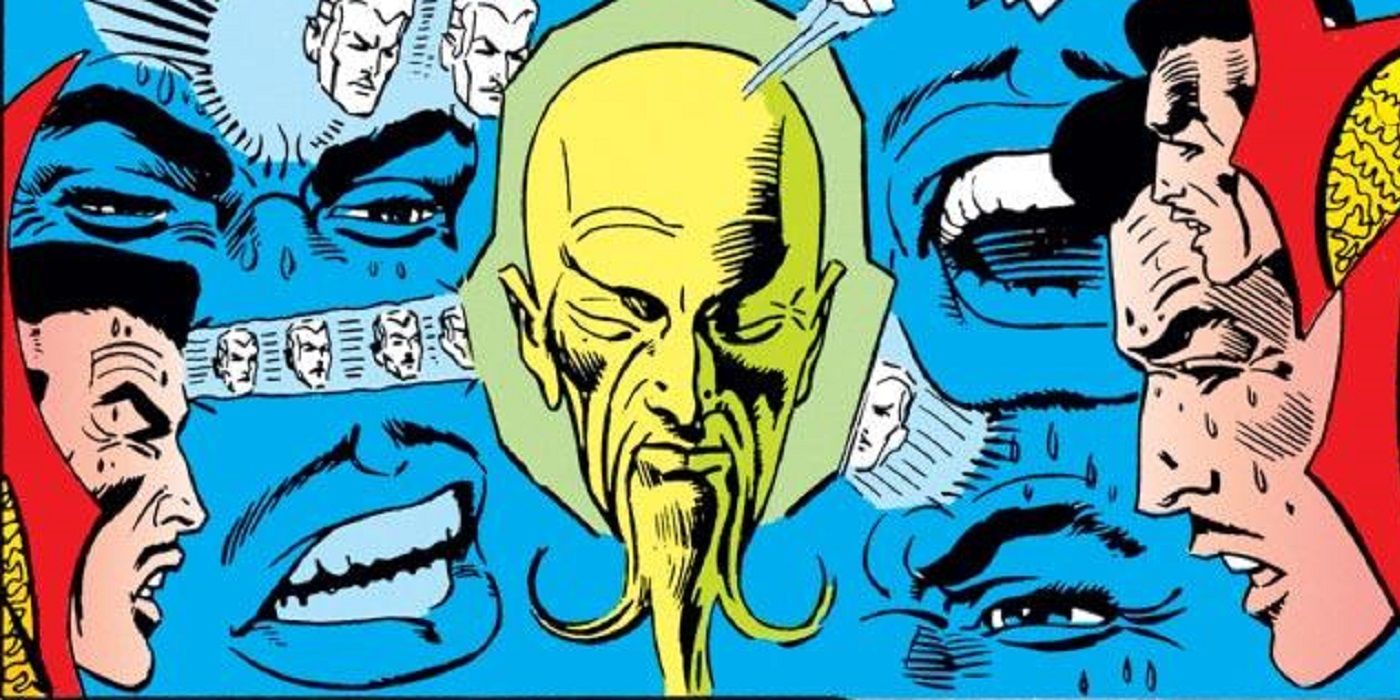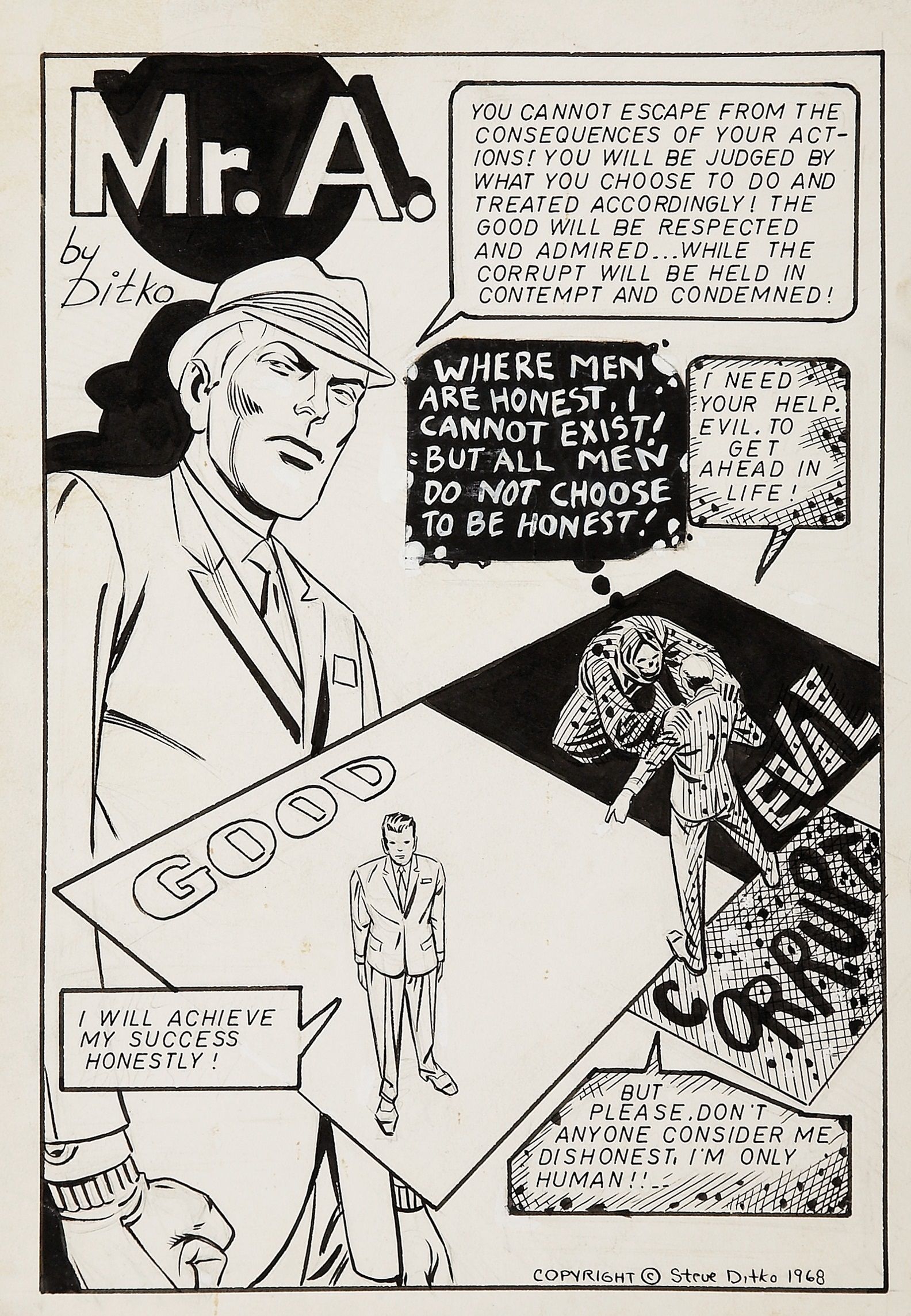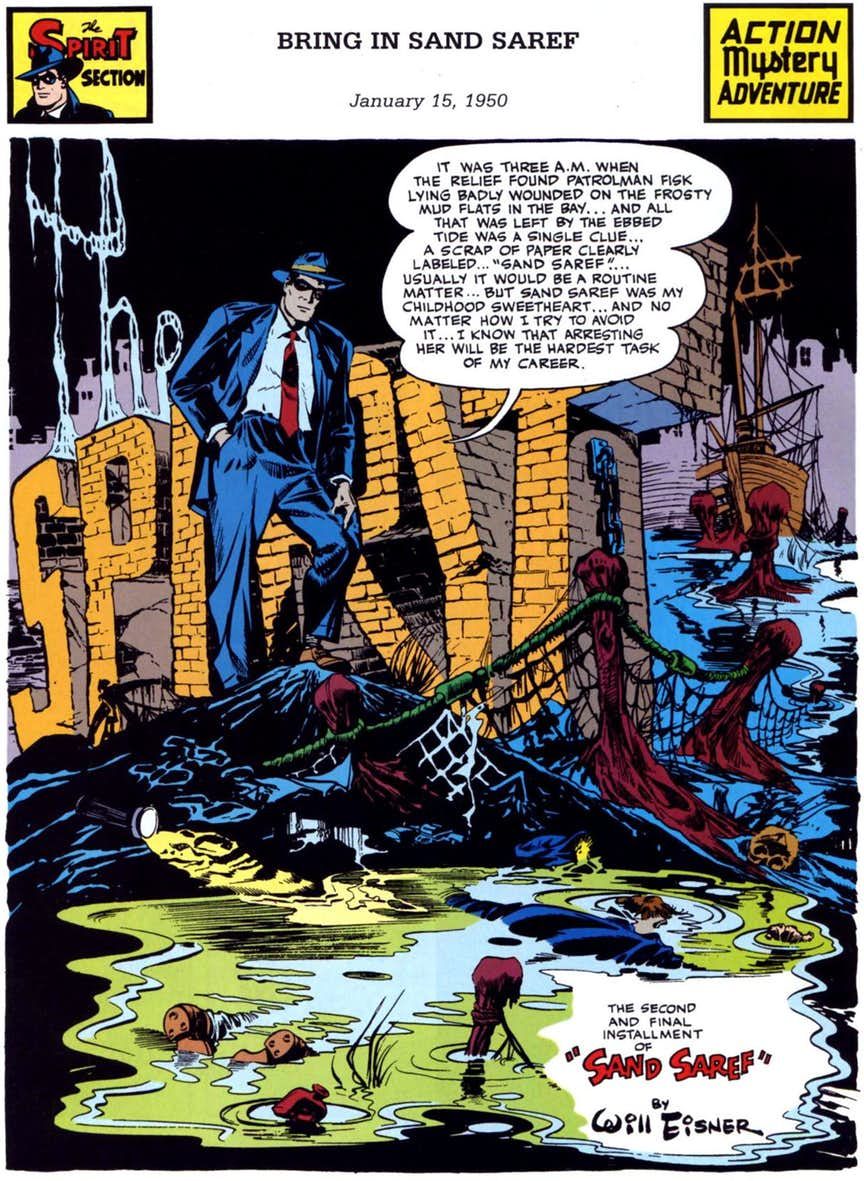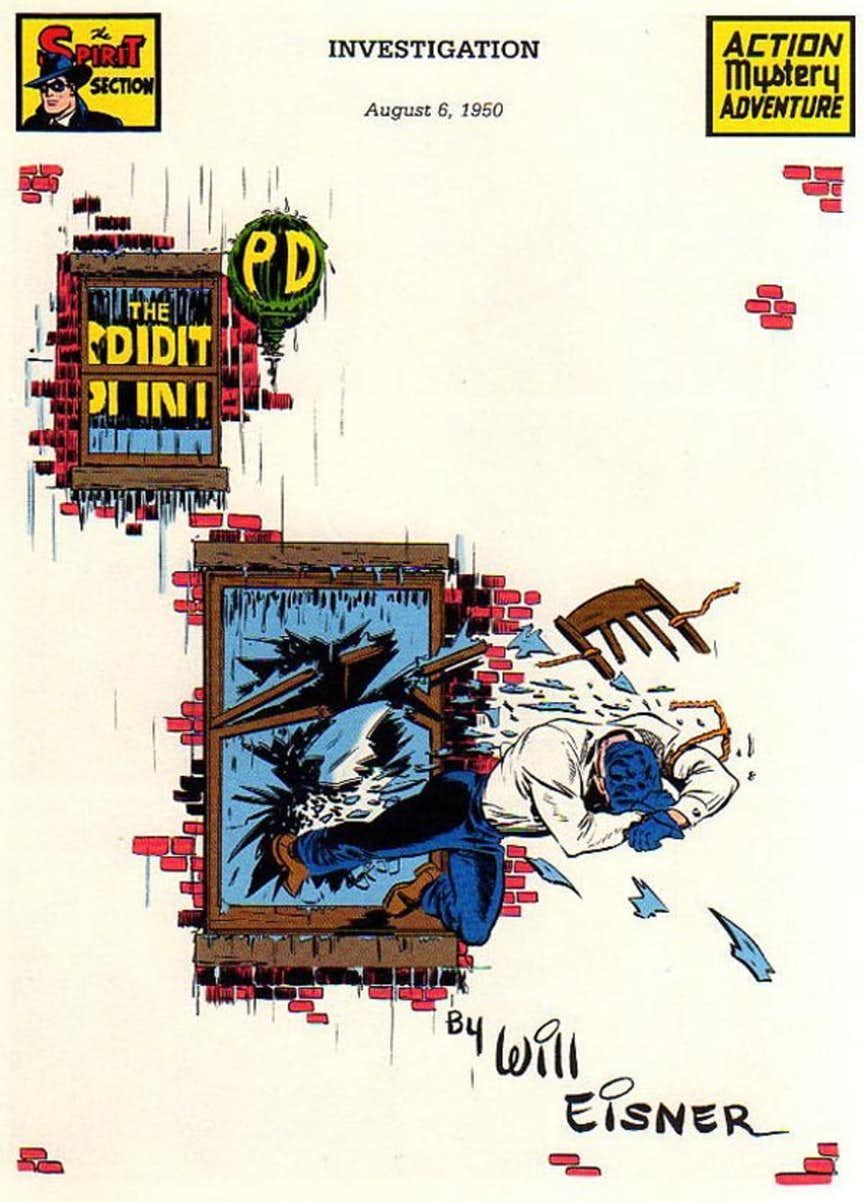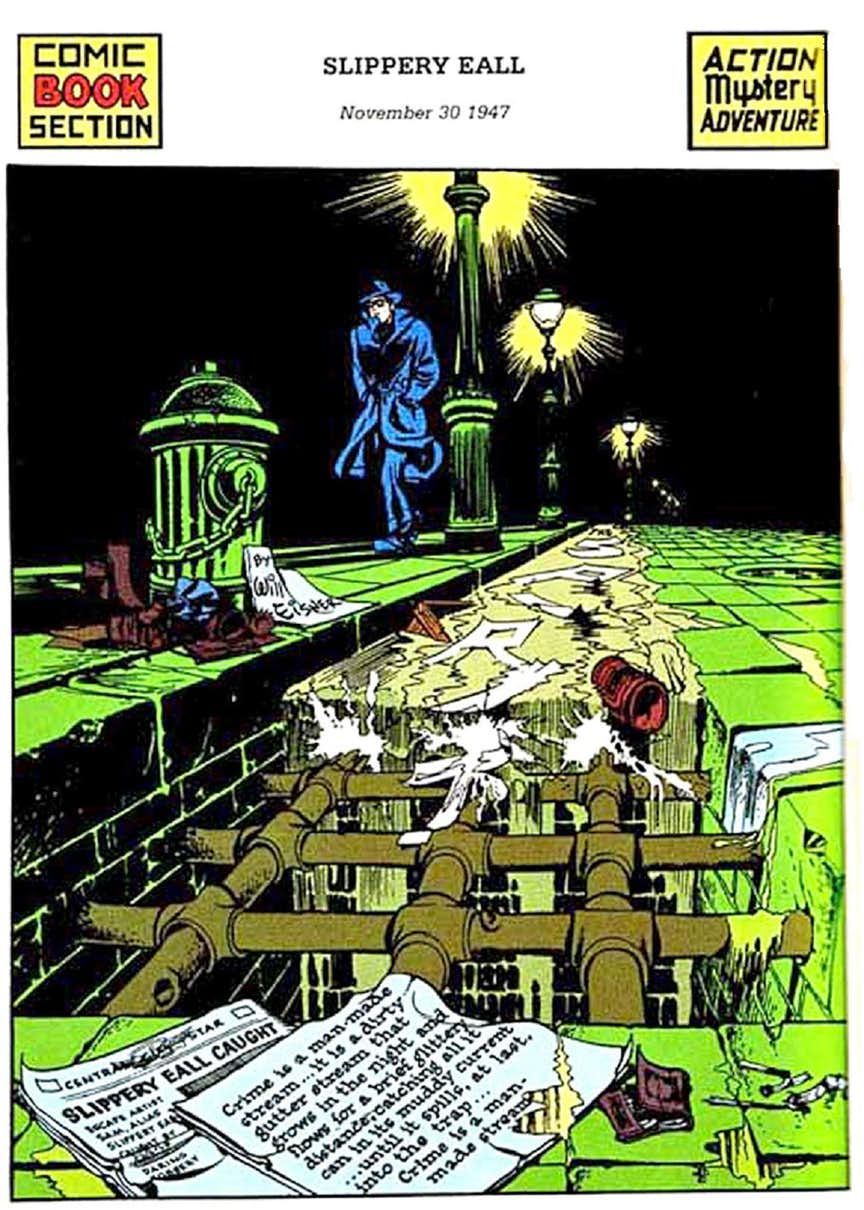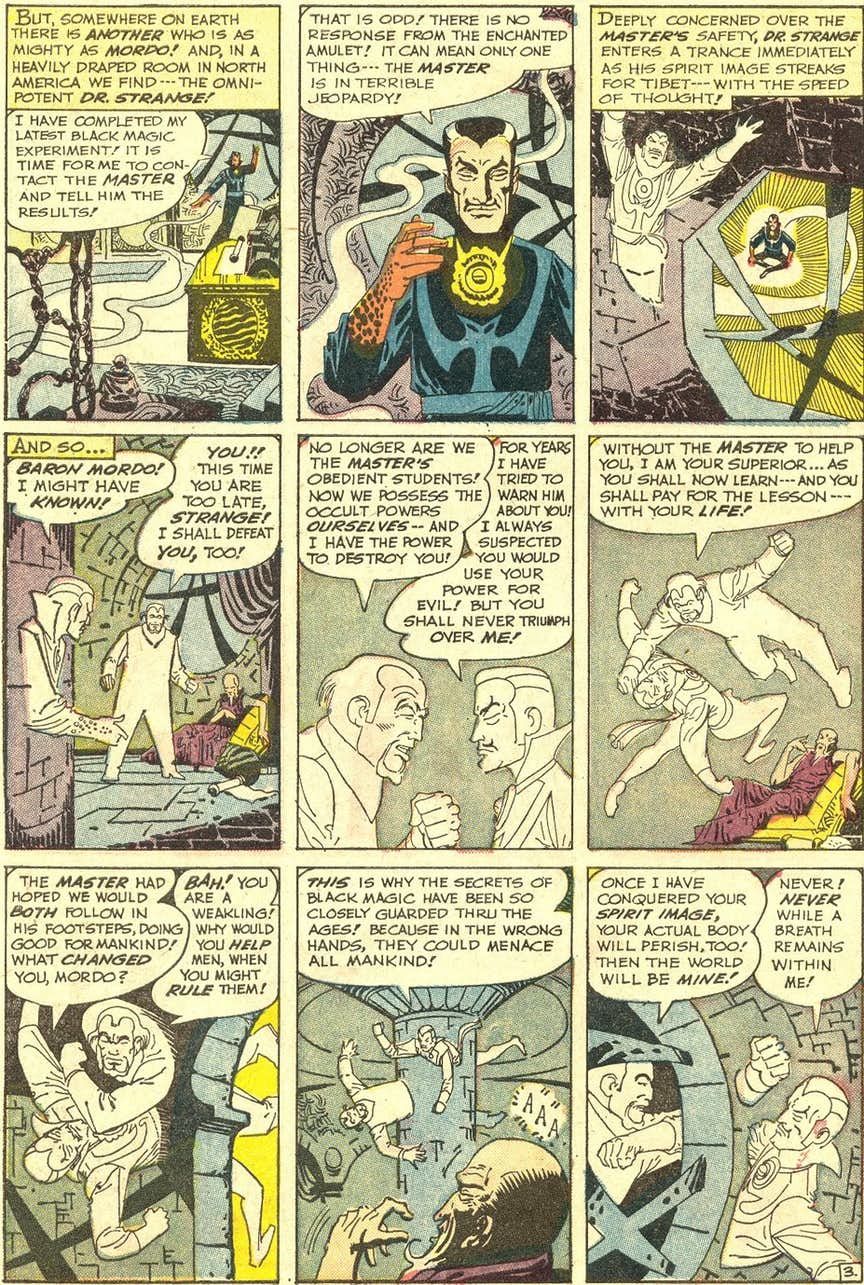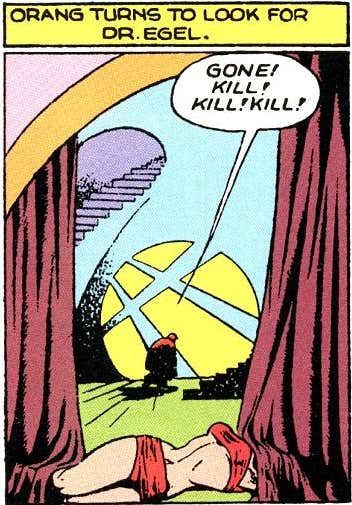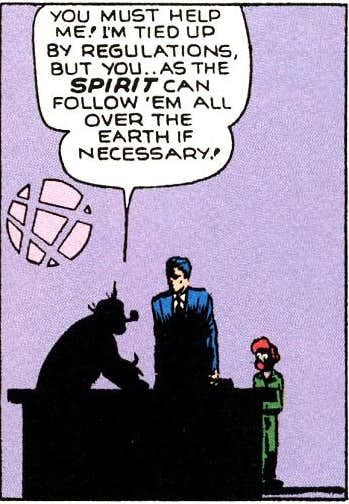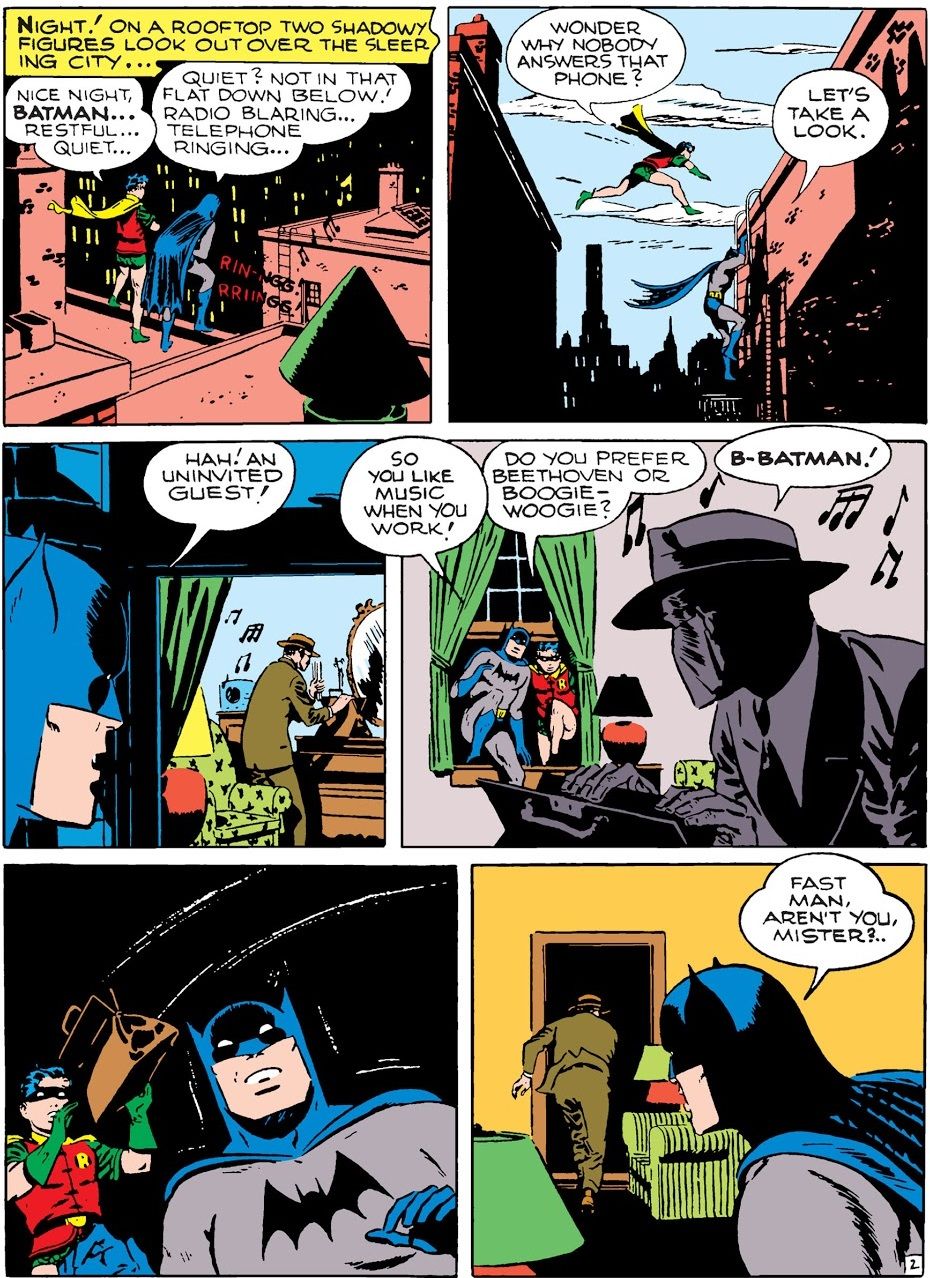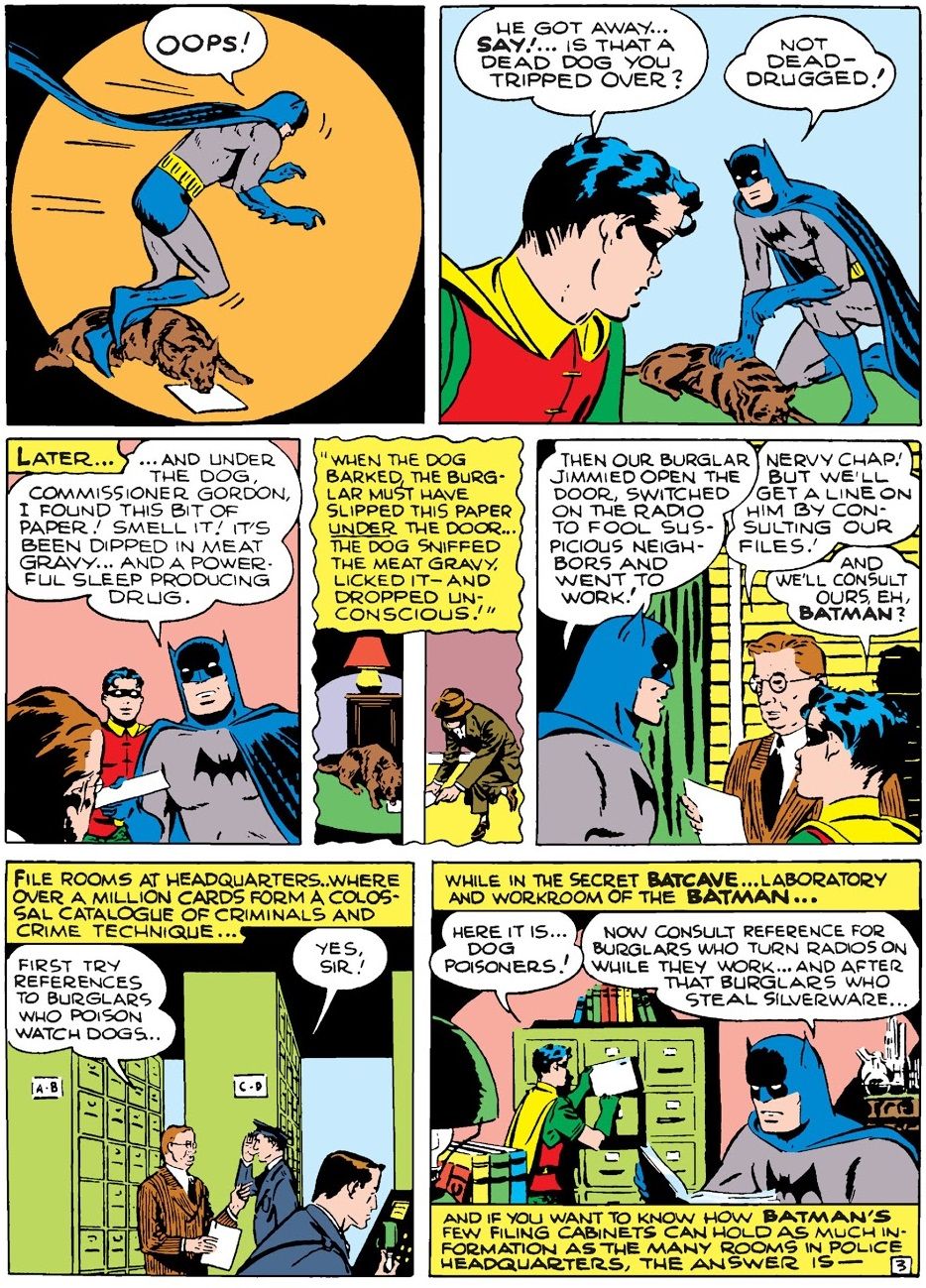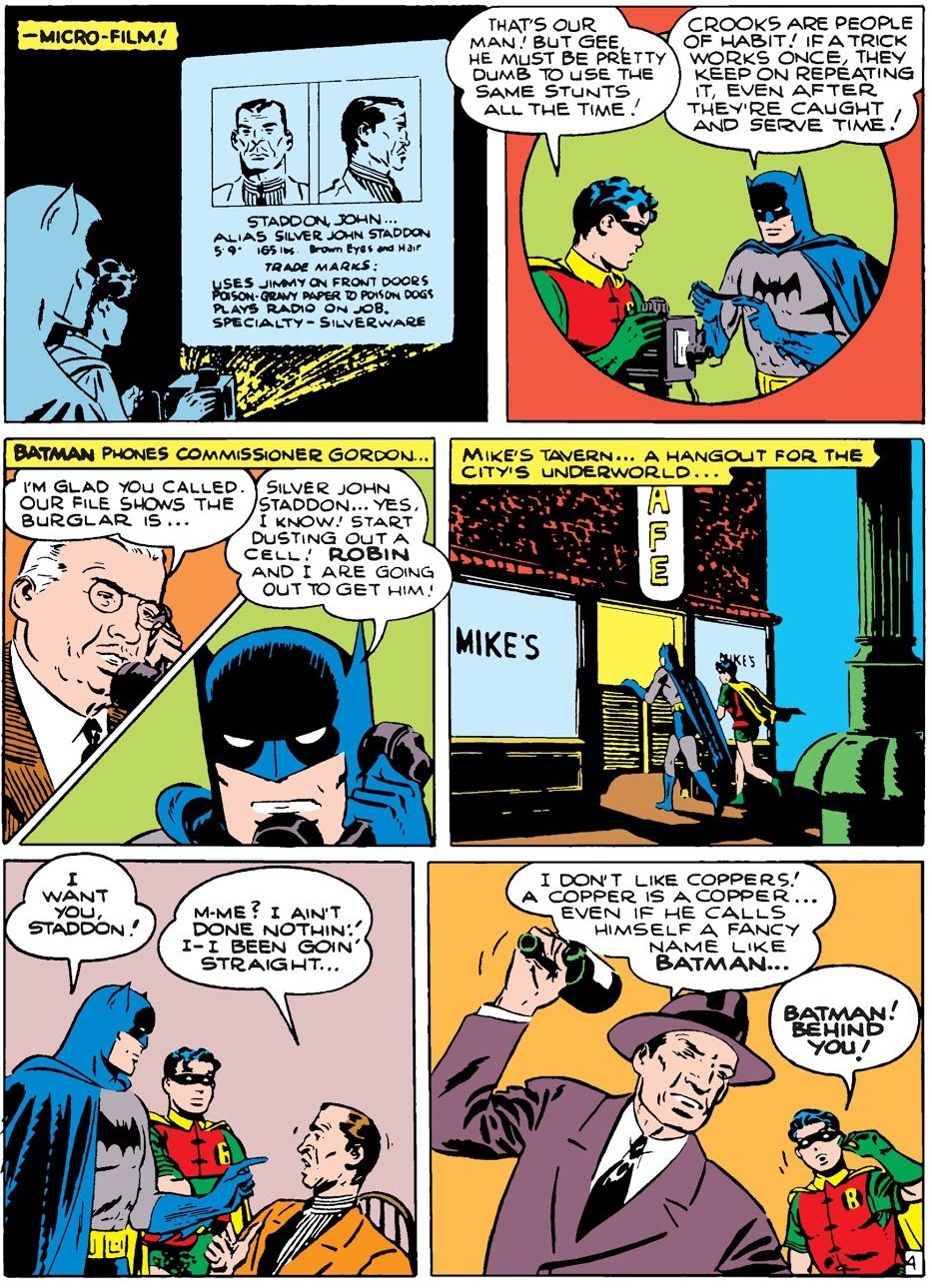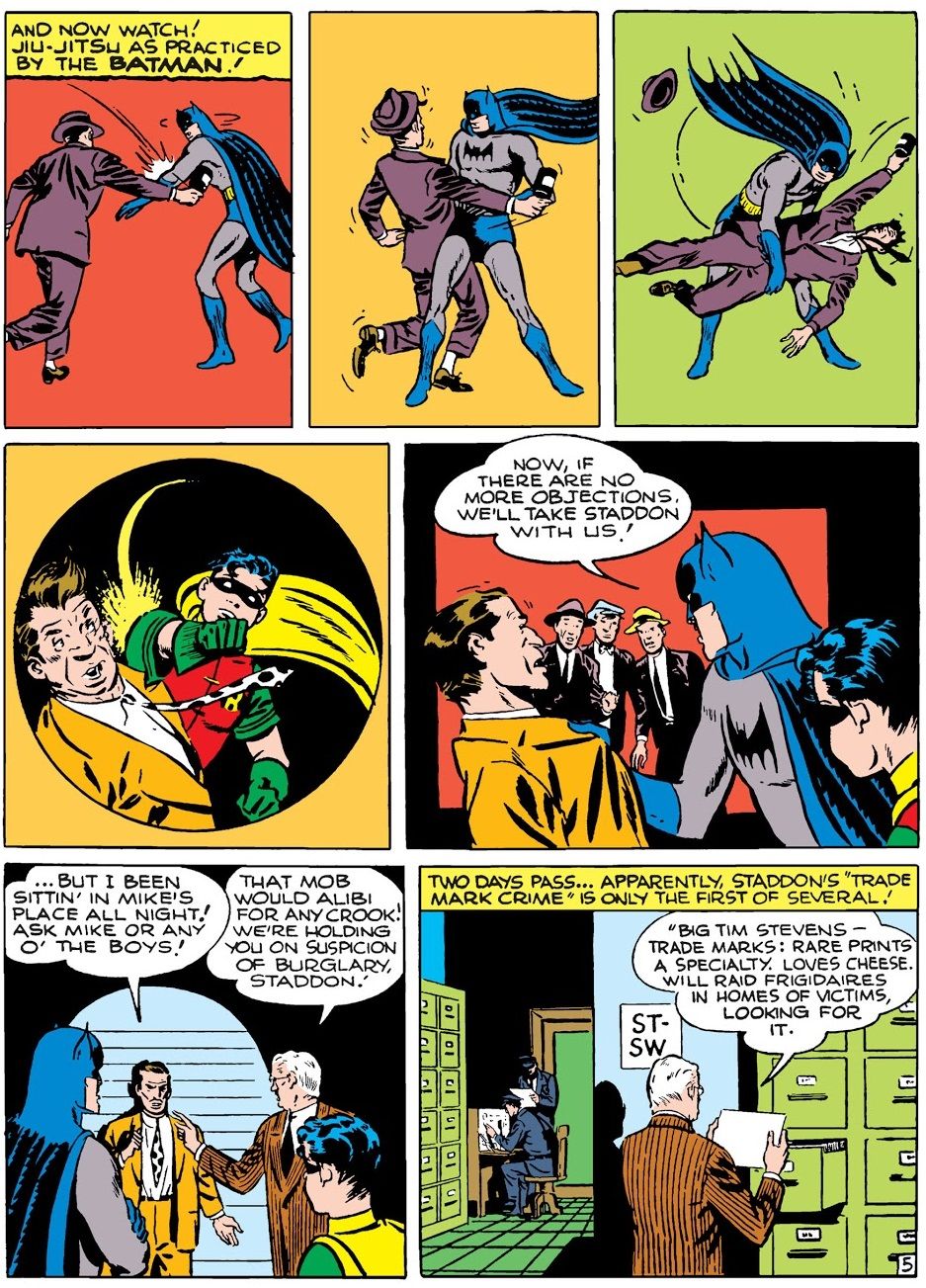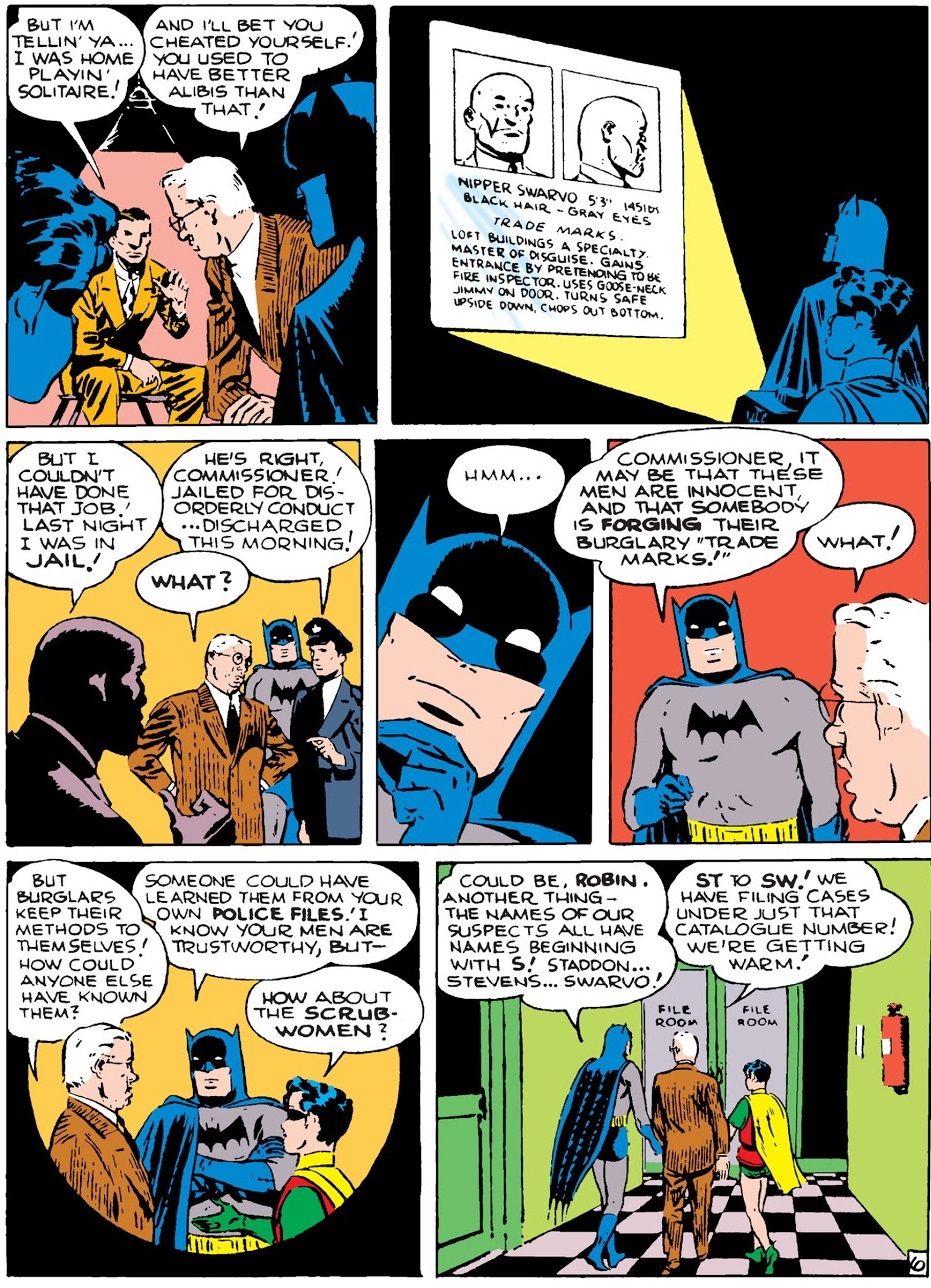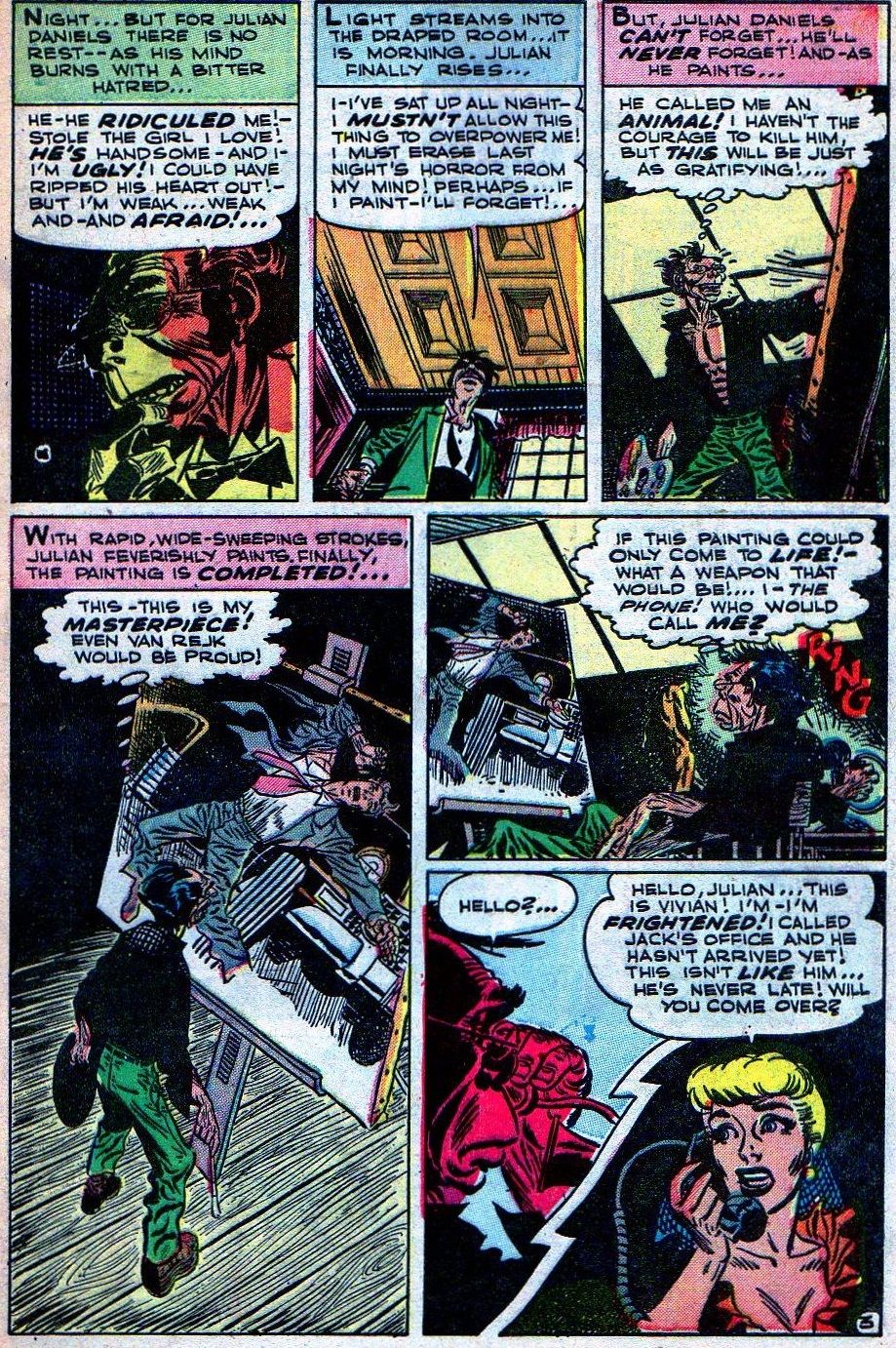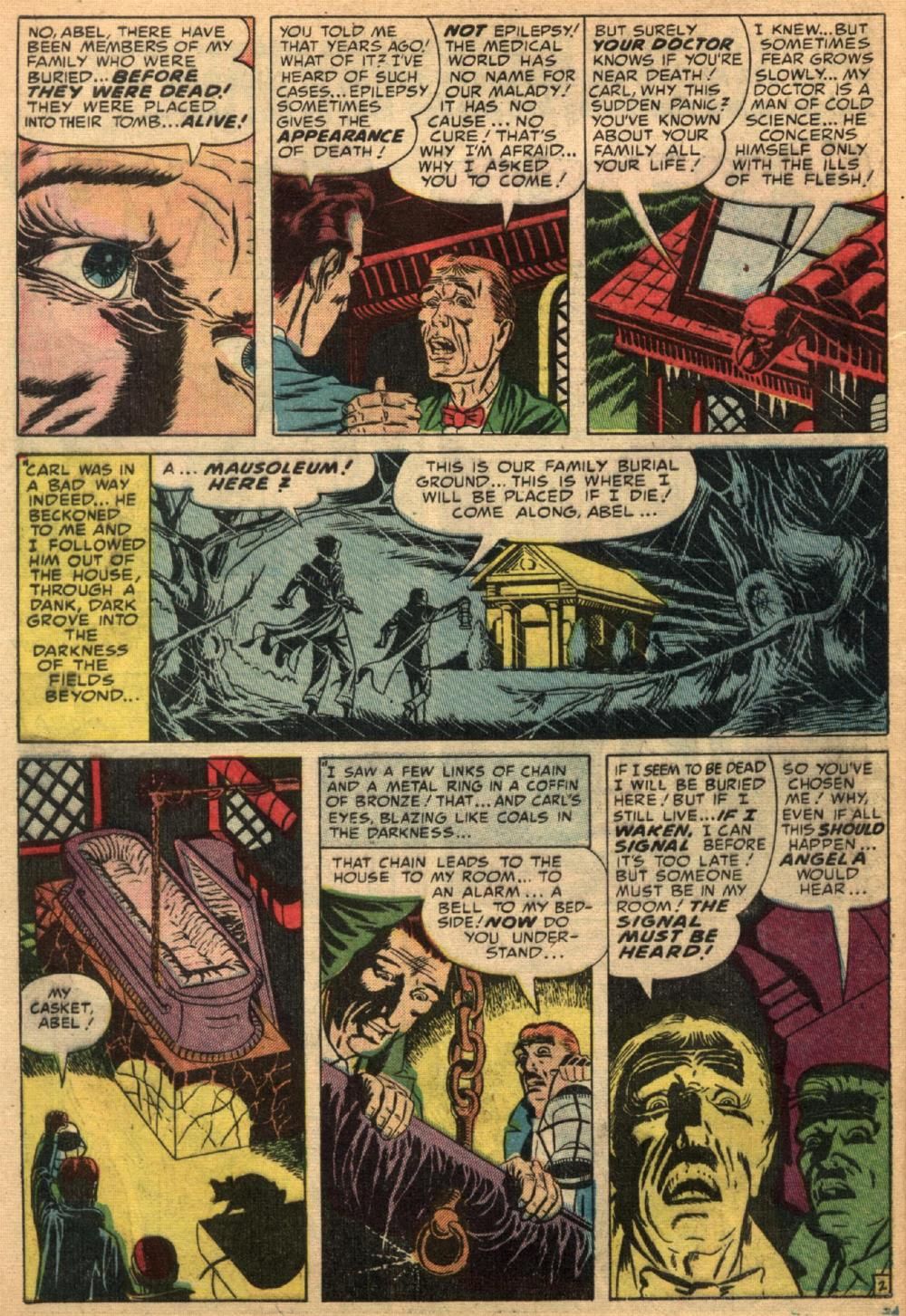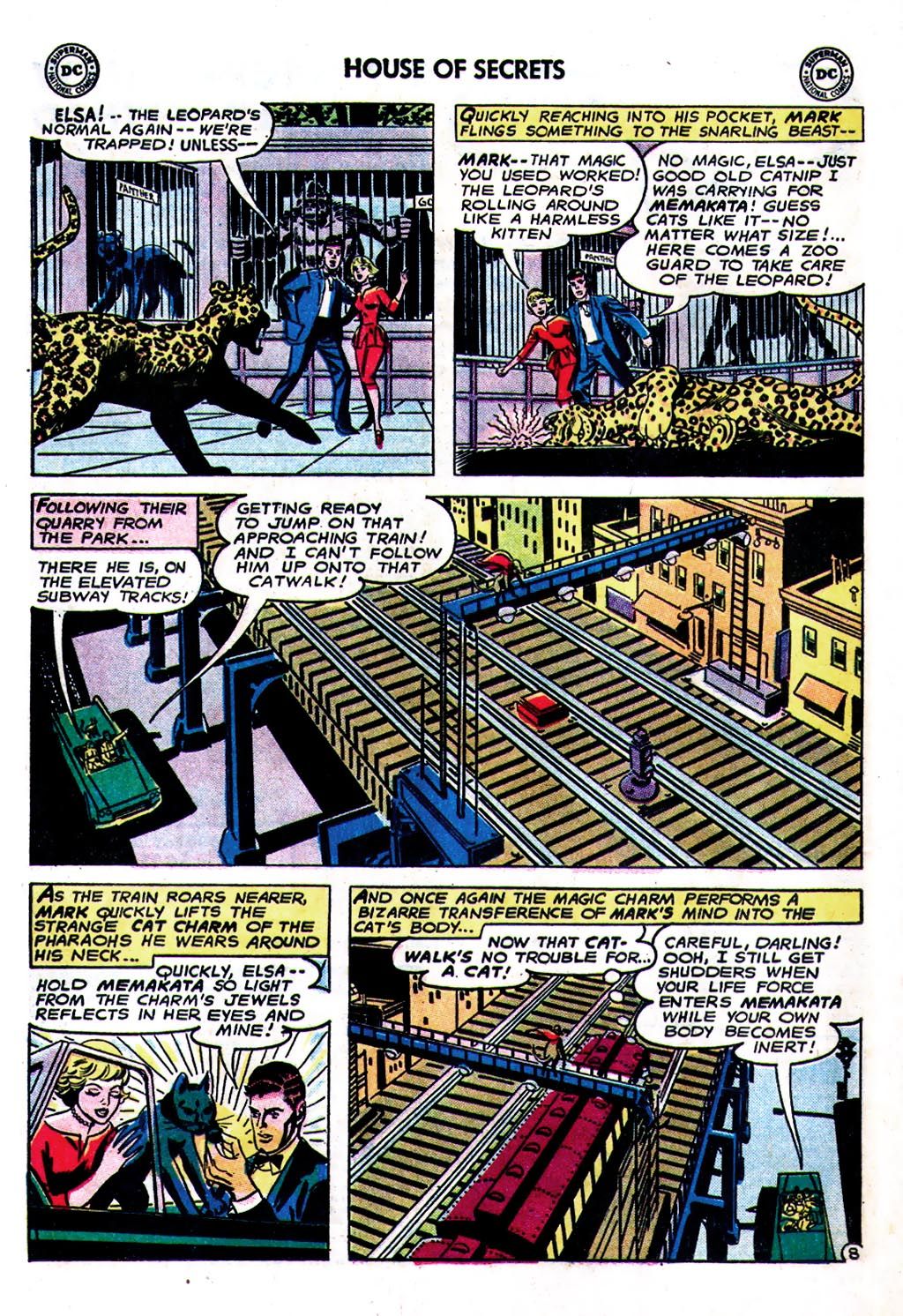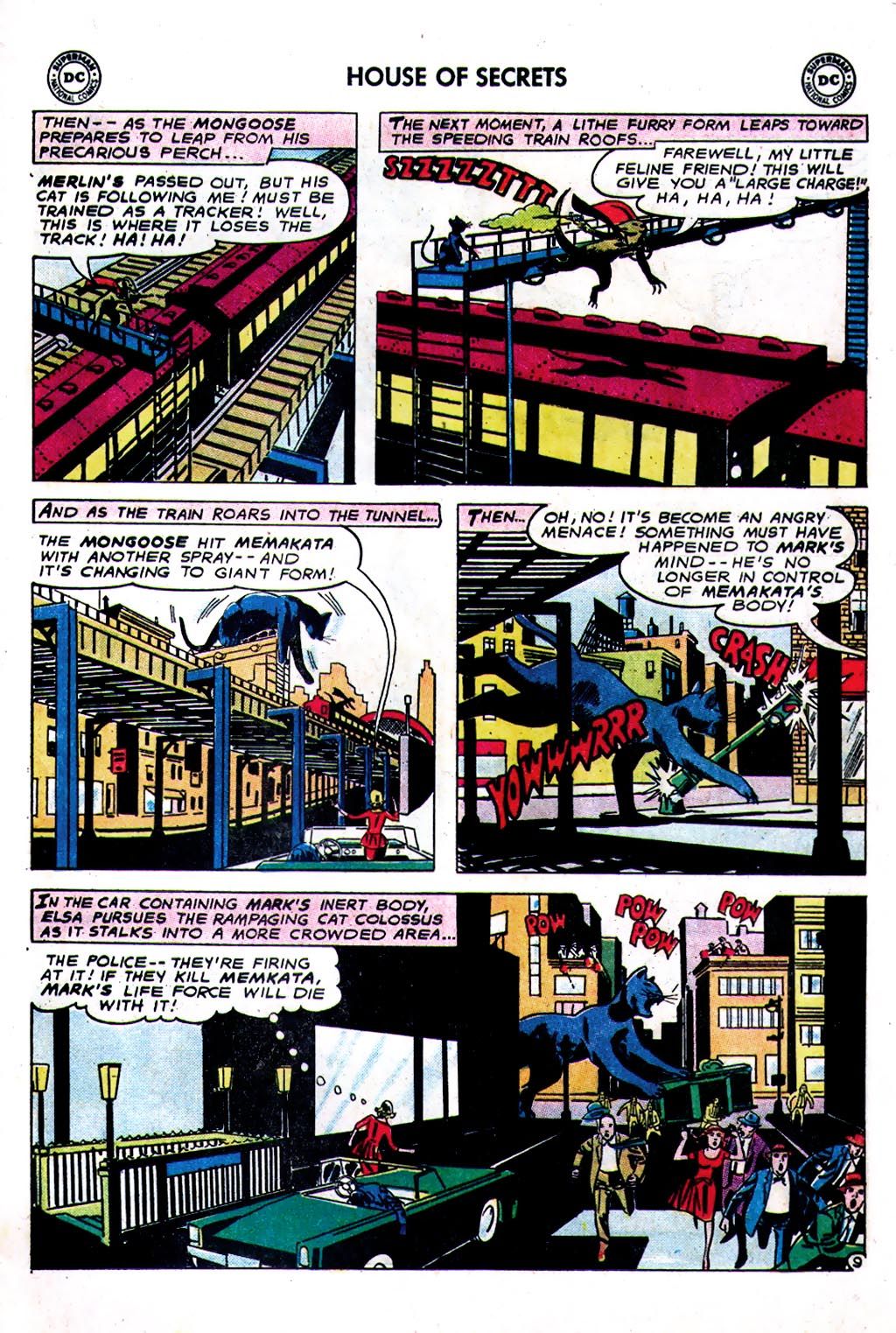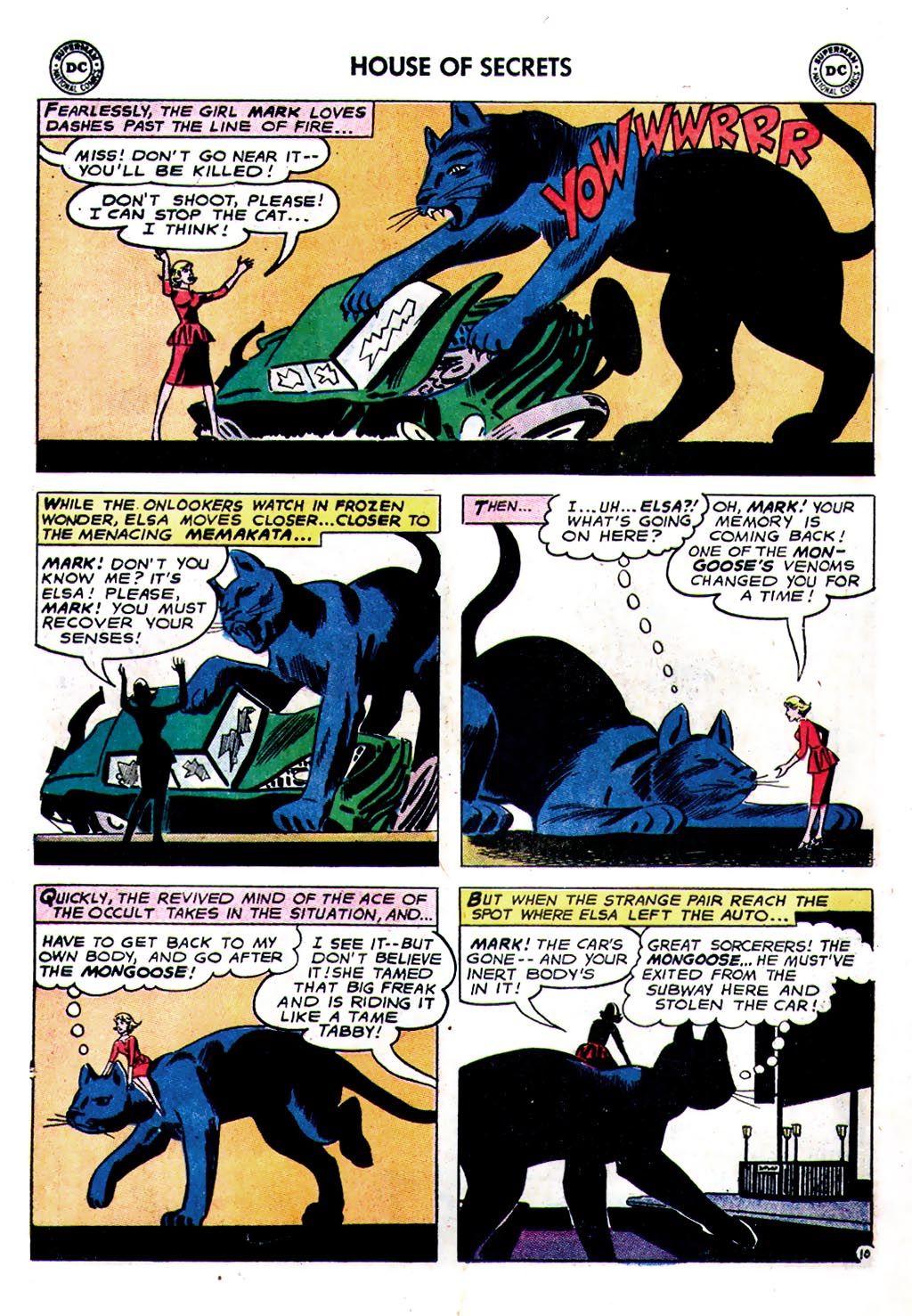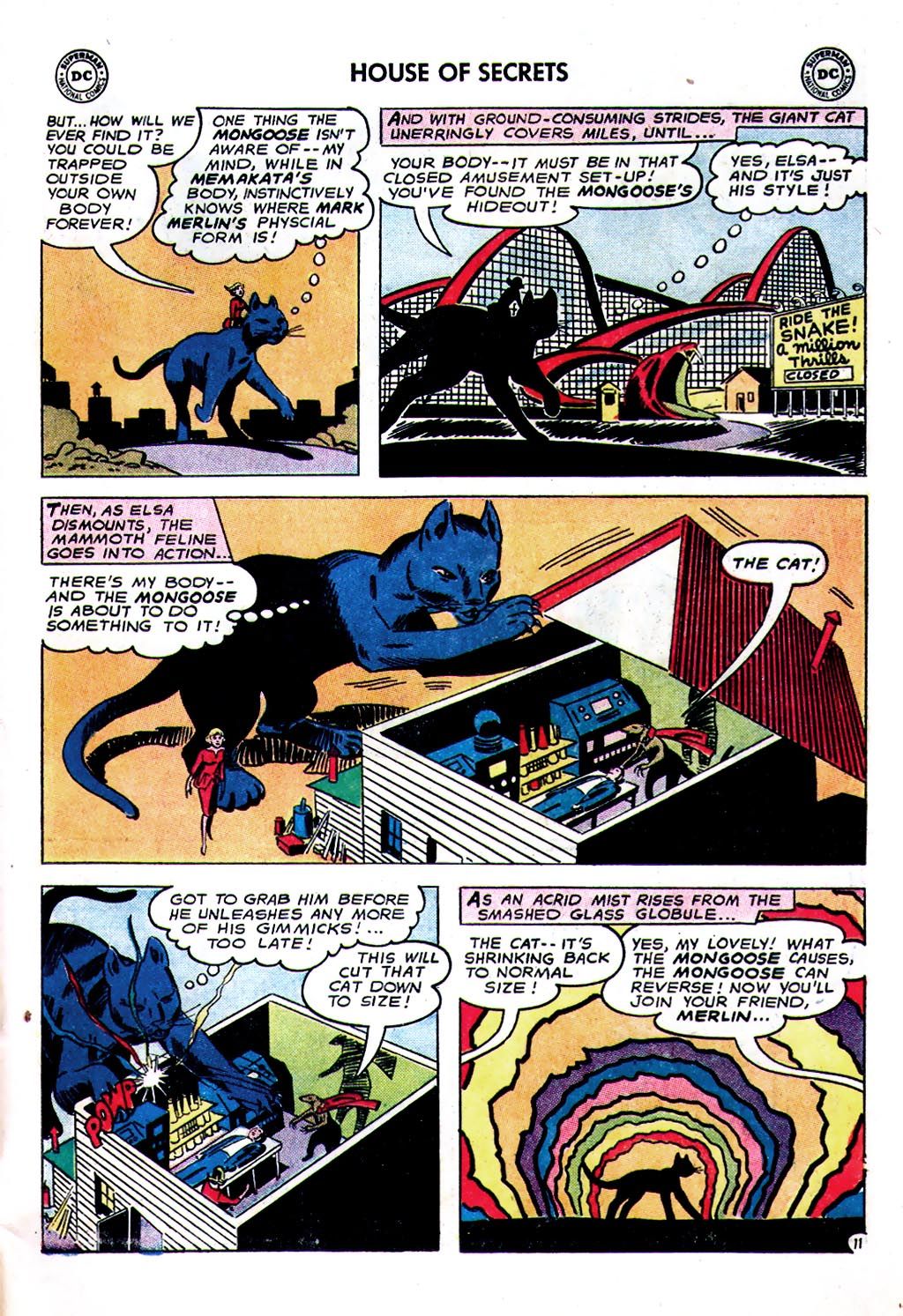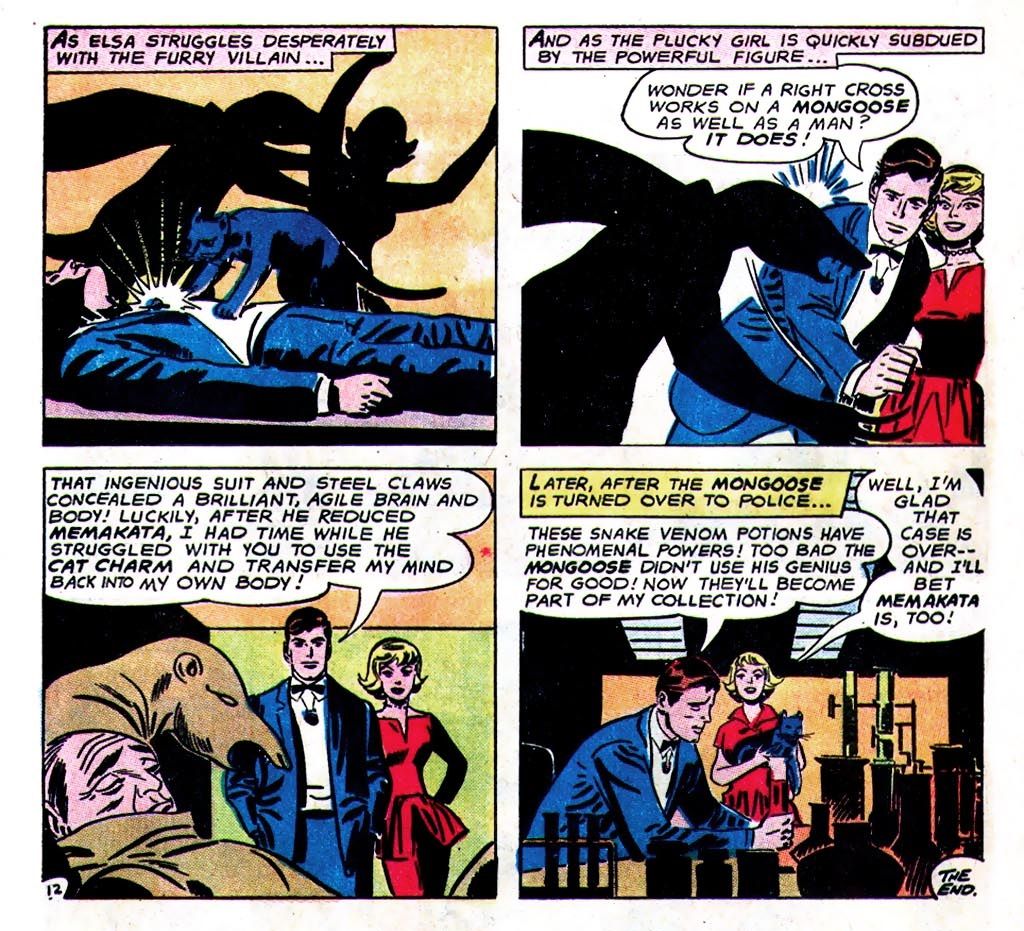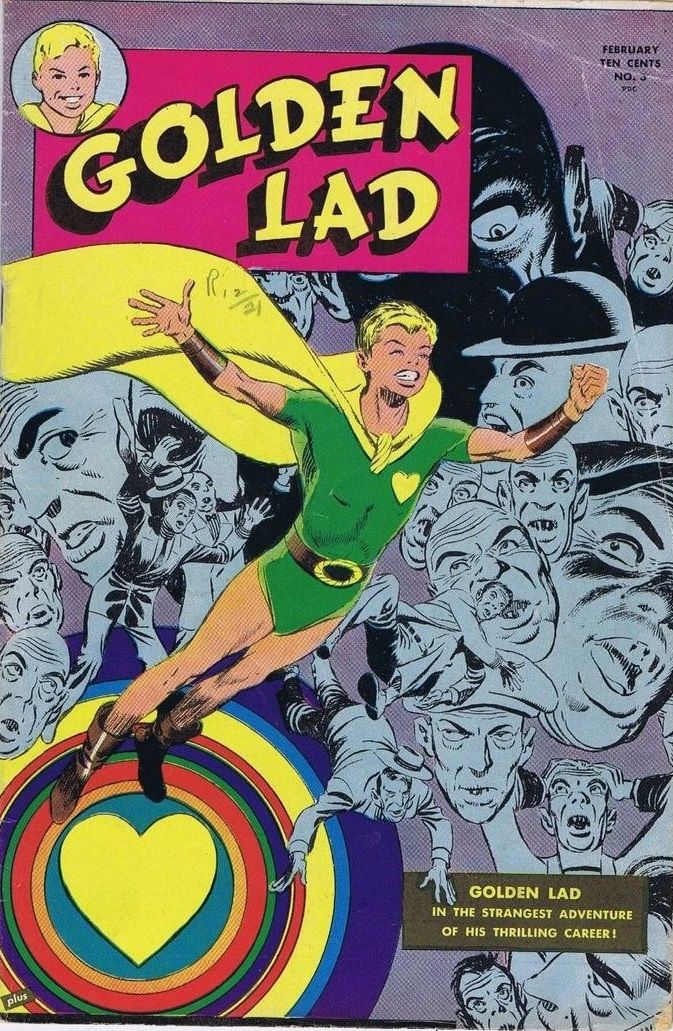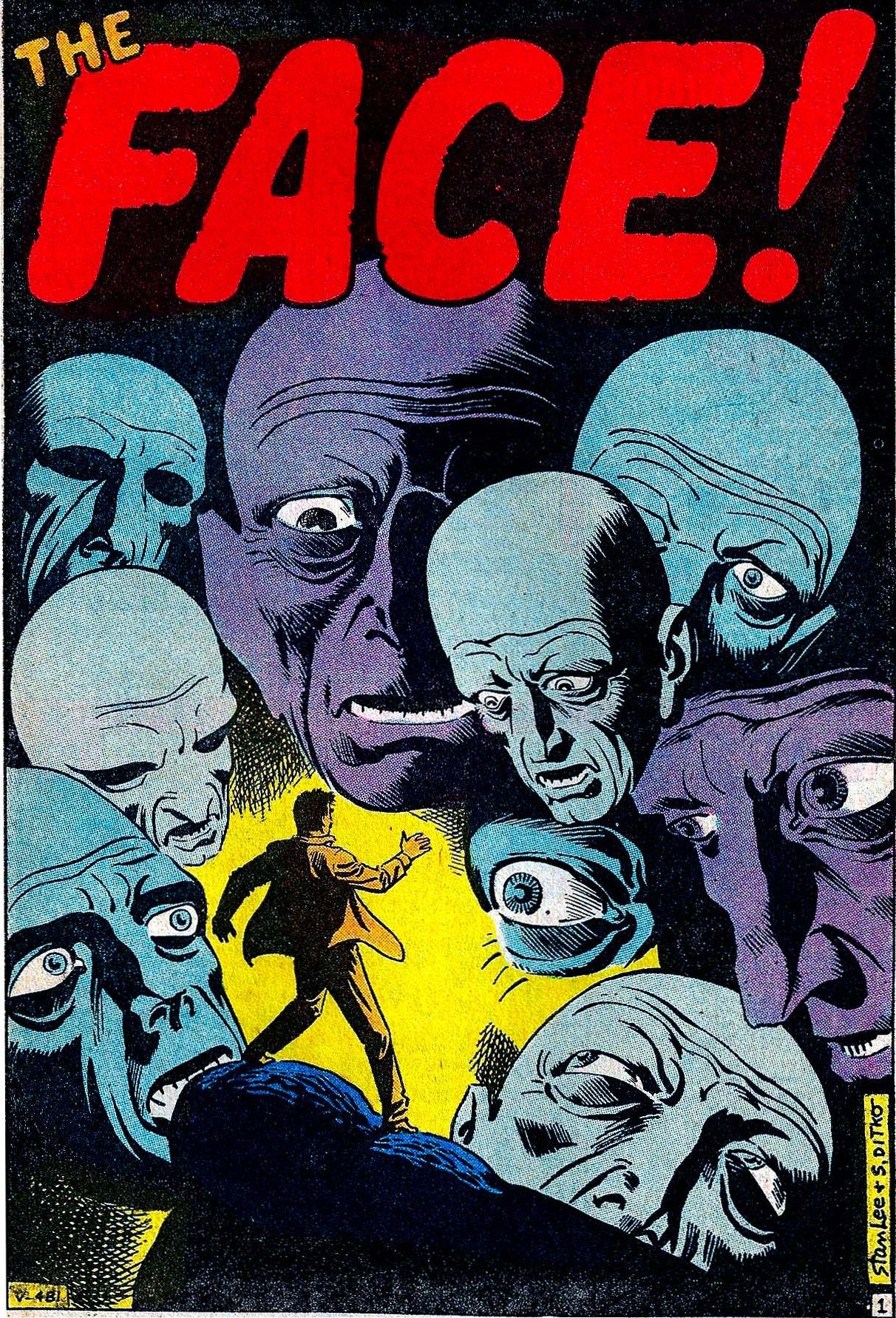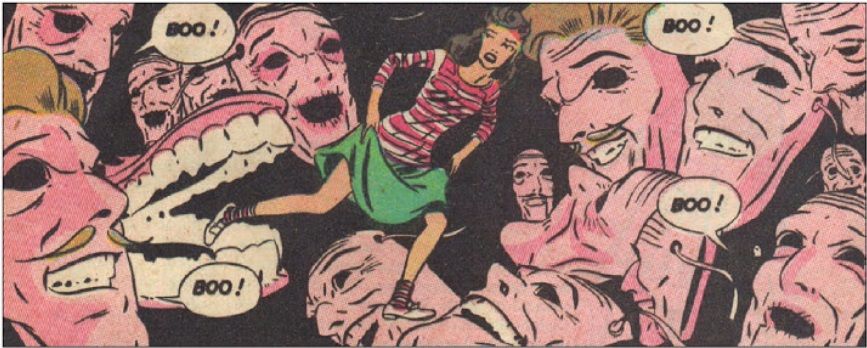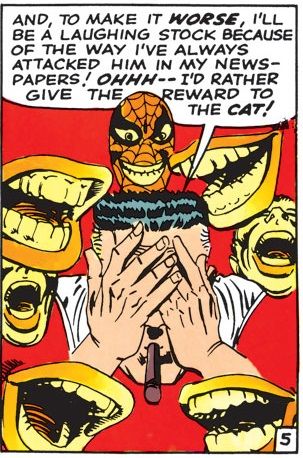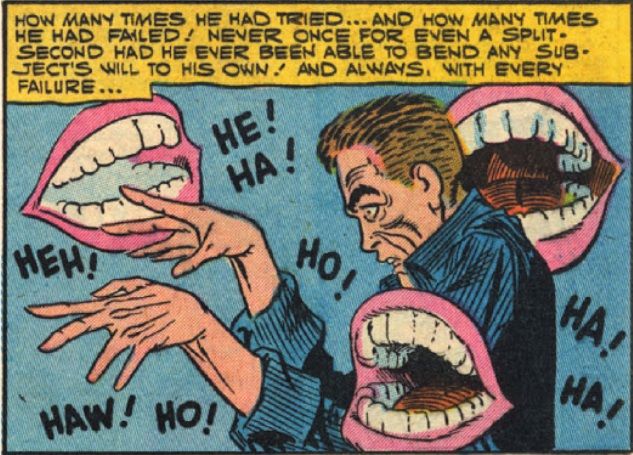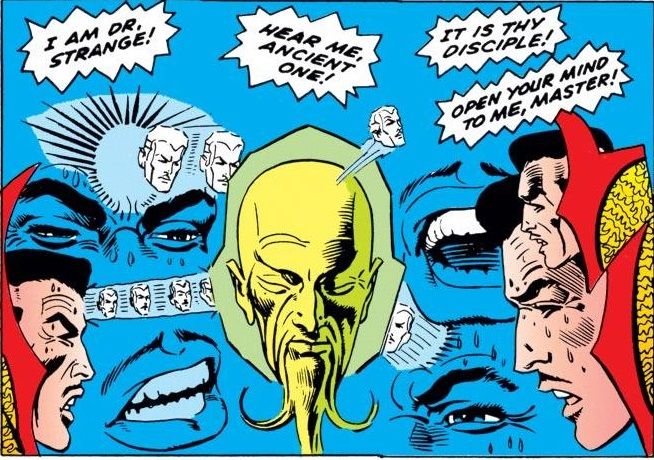We are getting so close to point where I can just release a big post collecting all of my Steve Ditko articles. I was about one article shy from getting to that point, but like I tell you all every time, if you do want to write in suggestions for future Steve Ditko articles, I'm still accepting them. I don't particularly mind pushing the collection off for however many articles we need to get through until nobody has anything left to ask me to write about Ditko. It's not like we're working on any sort of deadline here. So if you have an idea for something Ditko-related that you'd like to see me write about, drop me a line at brianc@cbr.com.
As I noted, I was about one article shy, as reader Silas F. wrote in with a fine question that about who, exactly, were Steve Ditko's biggest influences when it came to the design of his artwork. Excellent question, Silas, and heck, let's get into it!
One of the things that you have to know about pretty much all of the comic book greats of the Golden Age and, in Ditko's case, the Silver Age, is that they grew up when the comic strip was king. Ditko was obviously younger than all of the Golden Age guys, so the traditional comic book did, in fact, exist when Ditko was a teenager, but when he was a little kid, there really weren't any comic books as we now know of them. What there WERE, though, were newspaper comic strips. The world as a whole loved newspaper comic strips but Ditko's dad, in particular, was a big fan and so Ditko grew up with an appreciation for them. When Ditko was a pre-teen, superhero comic books started and Ditko was a big fan of the early Batman comic books. I am sure he did not know who Jerry Robinson was at the time, but Jerry Robinson was Bob Kane's first art assistant on the Batman feature in Detective Comics (and then later in the Batman ongoing series) and Robinson soon moved on to become a penciler on he feature himself. Therefore, those Batman comic books that Ditko enjoyed so much as a pre-teen/teen (to the point where Ditko's mom made him and his younger brother Batman and Robin costumes one year) were quite possibly drawn by Jerry Robinson.
Another big influence when Ditko was a young teen was Will Eisner's The Spirit, which was a noir superhero that appeared in a special newspaper supplement beginning in 1940. The supplement was essentially a little comic book that would be part of the Sunday funniest section (which was HUGE back in those days).
I'm looking to the great Blake Bell for most of these stories, as I learned pretty much all of this info from reading his amazing book, Strange and Stranger: The World of Steve Ditko.
Bell wrote about Ditko's appreciation for Eisner's Spirit:
By his teenage years, Steve came to admire the strip that headline the comic section of “The Philadelphia Inquirer”, Will Eisner’s “The Spirit”, and his mother would sew little cloth covers for the sections. Steve would take his kid brother Pat across town every week to fetch that Sunday’s “Inquirer”. Once, returning during a winter blizzard, Pat’s boots filled with snow. Throwing away the rest of the paper, Steve pocketed the “Spirit” section and tossed Pat on his back. Inspired by Eisner’s “The Spirit” and [Jerry] Robinson’s “Batman”, Ditko aspired to become a professional comic-book artist.
Silas specifically wrote in about how Ditko's page designs changed when he had more freedom on stories like his Mister A stuff...
Clearly, when it comes to elaborate page designs to open up a story, the entire comic book industry owes influence to the great Will Eisner, who made a whole art of just doing elaborately designed opening pages in the Spirit...
So while obviously Ditko was just one of many, he clearly WAS influenced by Eisner.
He even paid specific homage to Eisner with the famous window in Doctor Strange's Sanctum Sanctorum...
Those were both from early issues of The Spirit, which is when Eisner was at his most devoted era of reading the series (as the above Bell quote notes, Ditko's mom would even make special cloth covers for the collected Spirit comics).
Page 2: [valnet-url-page page=2 paginated=0 text='Ditko meets Jerry Robinson']
After Ditko served in the United States military in the years right after World War II (Ditko was 13 when the United States entered World War II), he came back to the United States in 1950 and used money from the G.I. Bill to take art classes from Jerry Robinson at the Cartoonists and Illustrators School.
In 1966, Ditko wrote about his time with Robinson (this was before Ditko pretty much decided to zip his lips on stuff like this), “Until I came under the influence of Jerry Robinson, I was self-taught, and you’d be amazed at the hours, months, and years one can spend practicing bad drawing habits.”
Ditko also noted what Robinson taught him: “The basics of art — perspective, composition, anatomy, drapery, light and shade, storytelling, etc. You can’t really draw anything well unless you understand the purpose of that drawing (storytelling), the best way to get the drawing across (individual point of view — composition) and convincingly (perspective, anatomy, drapery, light and shade).”
Frankly, it seems more like Ditko was taking the basic lessons from Robinson more than he was directly being influenced by Robinson's specific work. Here's a Robinson Batman story from the mid-1940s. It is obviously a strong, technically sound story, but at the same time, I don't know how much it necessarily influenced the designs of Steve Ditko...
No, when it came to the artists that Ditko was most directly influenced by, they were not quite as famous as Will Eisner (although one of them was certainly quite up there in fame).
Page 3: [valnet-url-page page=3 paginated=0 text='Enter Joe Kubert and Mort Meskin']
The way that Ditko designed his panels and displayed his characters in the panels early in his career were often compared to Joe Kubert's early work, as well. Kubert and Ditko went off in different directions in the 1960s, but in the 1950s, check out how similar their approaches were.
Here's a Kubert page...
And here is a Ditko page...
Joe Kubert, though, of course is very famous. Less famous, though, is Mort Meskin, an acclaimed Golden Age artist that Ditko actually briefly worked with at Joe Simon and Jack Kirby's studio in the early 1950s.
In 1964, Ditko explained why he was a fan of Mort Meskin in a piece in a fanzine in that year:
"(1) He knows how to draw good proportions, etc. and can handle any type of story well. (2) His panel compositions are consistently superior to most artists, (3) and most important he is truly a remarkable storyteller. No one who reads a Meskin drawn story is ever in a fog as to what is happening. Not only does Meskin tell a story extremely well, but he does it in the most difficult way. he does not take the easy way out or use impressive eye-catching gimmicks that only confuse the story's continuity."
Ditko specifically cited this then-recent Meskin story as an example of how efficient Meskin was with his page layouts...
Ditko's Meskin influence went further than that, however. Look at this 1940s Meskin cover...
and then the first page to a later Ditko Marvel Tales to Astonish story...
See the huge influence on the faces in the background?
This one is even more amazing. A panel by Meskin..
.
And then Ditko using that panel design in later stories...
See the major influence on his designs?
I believe, Silas, that those are the major ones from the ones that came before Ditko. Hal Foster, too, but Hal Foster influenced EVERYbody. Jack Kirby was probably somewhat of an influence, as well. Ditko's studio mate, Eric Stanton, likely had SOME sort of influence on Ditko, as well.

